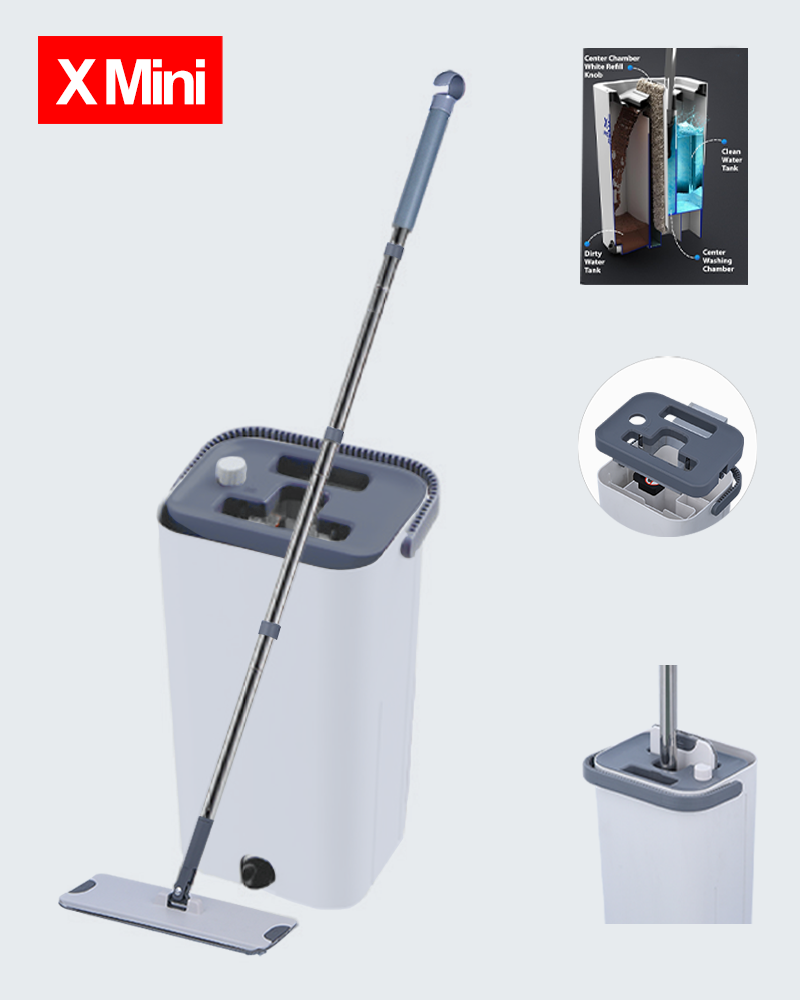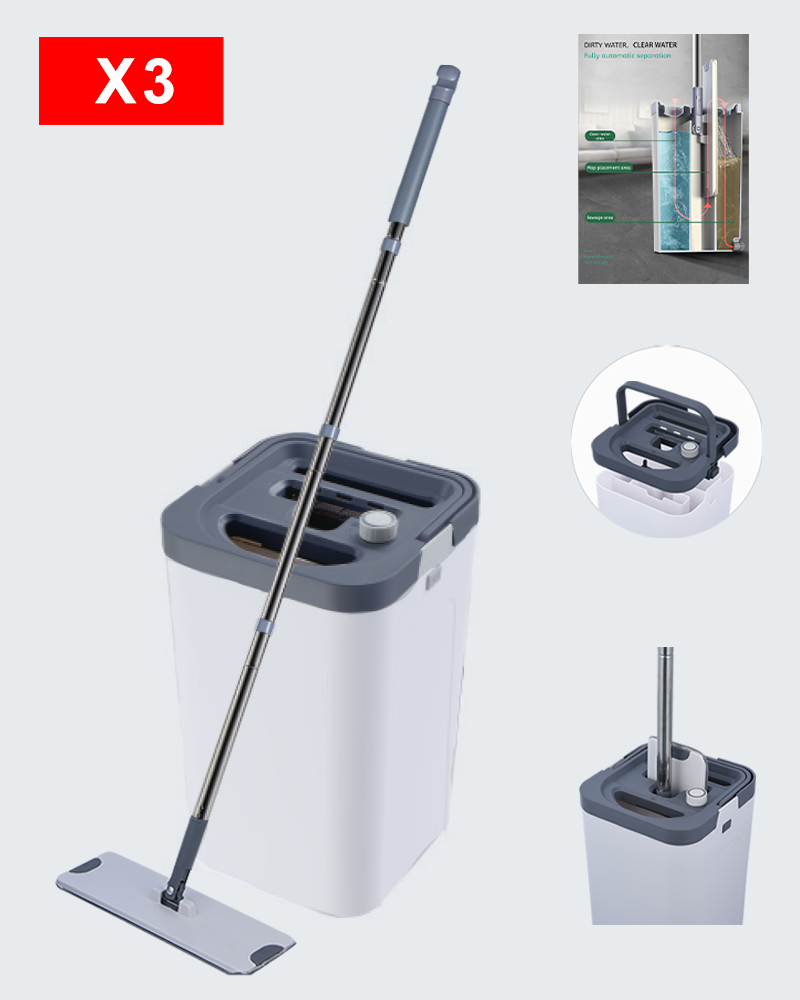As households and cleaning professionals seek more efficient cleaning tools, a quiet revolution is unfolding in the cleaning aisle: the rise of the flat mop challenging the traditional string or sponge mop. But which design delivers superior results? We investigated the science and real-world performance of both systems.
The Contenders
Traditional Mop: Characterized by dangling strings or a bulky sponge head, often paired with a bucket for wringing.
Flat Mop: Features a low-profile, rectangular head (usually covered with a microfiber pad) attached to a long handle, often used with spray systems or separate buckets.
Cleaning Mechanism: A Tactical Difference
Traditional Mops: Rely on soaking and scrubbing with significant water volume. The strings or sponge absorb dirty water, but can leave streaks or excess moisture, particularly on hardwood or laminate. Their bulk allows forceful scrubbing on tough messes.
Flat Mops: Utilize microfiber pads that trap dirt and debris through electrostatic attraction. They typically use less water, enabling "damp mopping" ideal for sealed surfaces. The thin profile allows them to reach under furniture and glide along baseboards.
Performance Face-Off: Key Findings
Hardwood & Laminate Floors: Cleaning specialists largely favor flat mops. "Microfiber flat mops lift dirt without oversaturating, reducing the risk of warping" . Traditional mops' excess water can damage these surfaces over time.
Tile & Grout Lines: Traditional mops have an edge for deep scrubbing thick grout lines due to their weight and scrubbing force. However, flat mops with textured pads or specialized grout attachments offer a lighter, back-friendly alternative for regular maintenance.
Large Areas & Efficiency: Flat mops excel here. Their lightweight design and larger surface area allow faster coverage. "
Water Control & Streaking: Flat mops generally produce fewer streaks due to controlled water application (often via spray) and superior dirt-locking in microfiber. Traditional mops require careful wringing to avoid streaks and puddles.
Hygiene & Maintenance: Flat mop pads are typically removable and machine-washable, reducing bacterial buildup. Traditional mop heads, especially strings, can harbor mildew and require thorough rinsing and drying.
User Experience & Practicality
Weight & Maneuverability: Flat mops are consistently lighter and easier to maneuver, especially overhead or in tight spaces.
Storage: Flat mops' slim profile wins for compact storage.
Cost: Traditional mops usually have a lower upfront cost. Flat mop systems require periodic pad replacements, though washable pads mitigate this.
The choice increasingly depends on flooring type and cleaning priorities:
Prioritize deep scrubbing power on durable surfaces? Traditional mops remain relevant.
Seeking efficiency, gentleness on sealed floors, ease of use, and hygiene? Flat mops are gaining the advantage.
Market Impact
Sales data reflects the shift. Major retailers report double-digit growth in flat mop sales over the past three years, while traditional mop sales show modest decline. Manufacturers are innovating hybrid models with scrubbing features on flat mop platforms.
As flooring trends continue towards sensitive materials like luxury vinyl plank and engineered wood, the flat mop's design appears increasingly aligned with the future of home cleaning.

 English
English Español
Español 中文简体
中文简体












